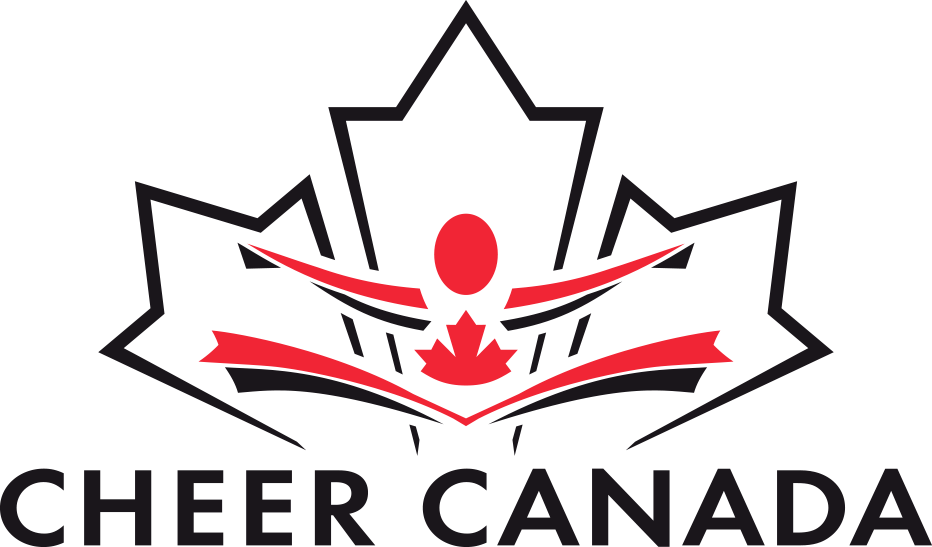Cheer Canada will be using a comparative scoring system for all divisions, including All Star, Prep, Novice, Scholastic and Collegiate teams in the 2020-21 season.
The score sheets for all divisions have been approved by the Board and are posted on the website, along with “Scoring 101” information sheets for all of these divisions. These Scoring 101 documents are designed as a quick explanation for how scoring will be done throughout the season.
The move to comparative scoring follows a transition year in 2019-20 where “International” All Star divisions were judged on this system.
Comparative scoring is still done much the same way as it was with the previous rubric system, with judges scoring specific elements of the routine. The same factors are still used to define good execution and difficult skills at each level. Score sheets and judging panels are divided still into Building, Tumbling, Overall and Safety categories. Scholastic and Collegiate teams will have one judge assigned to score the cheer.
One major difference for the comparative scoring system is that scores are not immediately released to coaches, as judges may need to adjust scores up or down as more teams compete in each division, to ensure the correct ranking is achieved.
With comparative scoring, the rankings become more important than the numerical score, which can change significantly from day to day and event to event, as teams are compared against others in their division, and level, at any given event. Unlike the rubric system where a score out of 10 could only be a given score between 9.0-10, the comparative system allows judges to use the full range from 0-10. Teams should expect scores to be lower and scores to be more spread out under this system.
There are no required elements or skills, no defined ratios or numbers of skills. This scoring system allows a coach more flexibility to create a routine that highlights their team’s strengths.
The Comparative Scoring system places a heavy emphasis on Building Skills (stunts, pyramids and tosses). For example, for a regular All Star team, 100 of the 155 available points are assigned to the building categories.
Scholastic and Collegiate teams will notice an increase in the number of points assigned to the Cheer, which is now worth 30 points.
Additionally, deductions for execution errors such as falls and safety/rule infractions carry a greater weight under this comparative system, in part due to the larger range of points available. For example, under the previous rubric system, a single athlete falling during a tumbling element would incur a .25 deduction. Under this system, it carries a 1.0 point deduction. A major building fall, where a top person lands on the floor, carried a 1.25 deduction in the rubric system. With comparative scoring, it will result in a 4.0 point deduction.
The updated Cheer Canada scoring methodology will be released soon, and will serve as a guide to scoring for judges and coaches throughout the competition season.
